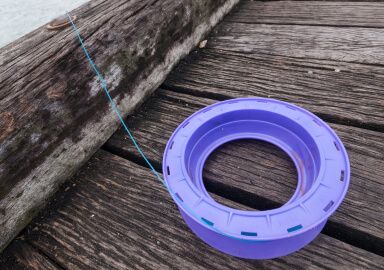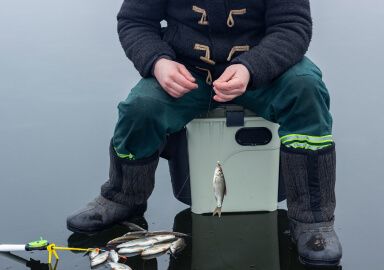Greenland Shark
Ever fancied hooking a fish that could have broken the line of your great-grandfather? Think Greenland shark, an ancient, slow and massive denizen of the northern Atlantic.
View 1 listing
1
listings
–
price starting from
1
countries
–
to the nearest trip
About Greenland Shark
The Greenland shark (Somniosus microcephalus) used to be hunted for oils, but now is mostly interesting to sport anglers. This is an ancient species that might have fed on dinosaurs in its time. Greenland shark looks a bit like a submarine, being very rounded with small fins, cylindrical, dark grey or even black in colour and often very large.
Greenland sharks have small eyes and a large mouth with rows of thin sharp teeth on the upper jaw and interlocking, sharp, broad cutting teeth on the lower jaw. They are second only to whale sharks in size, growing to 2.4 – 7 m. (7-23 ft.) with a mass of up to about 880 kg. (3 090 lbs.). They feed on fish, squid, carrion and mammals such as seals.
Males are smaller than females and maturity is reached at an amazing 150 years, give or take a few decades. Greenland sharks may live for 250-500 years, and are among the longest living creatures. They lay eggs that hatch at birth (ovo-viviparous) with usually around 10 pups per session.
How to Catch?
Greenland sharks are usually caught by recreational anglers from small to medium-sized boats. Ice fishing can succeed, as can kayak angling, but landing a massive shark through the ice or from a tiny boat is not easy.
While the species has a wide overall distribution, even in the core areas getting a fish to bite can take many hours. Very heavy tackle is essential and pulling up a behemoth from deep water requires a high degree of strength and stamina in the angler. Most fishing is carried out drifting or bottom fishing using dead bait and “smelly” baits seem to work best. Chumming can also increase the chances of getting bites, but local information can guide an angler to the best spots.
With the species being as large and slow moving as it is, it often takes a long time to be brought to the surface. As a bucket list species the Greenland shark is an exciting and exotic addition, but its capture will usually take substantial investment in time and resources.
Similar Species
 Blacktip Shark
19 offers
Blacktip Shark
19 offers
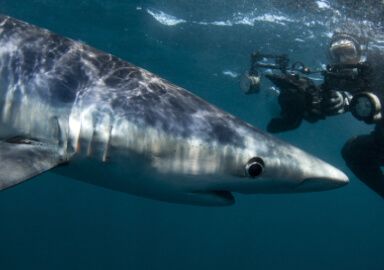 Blue Shark
8 offers
Blue Shark
8 offers
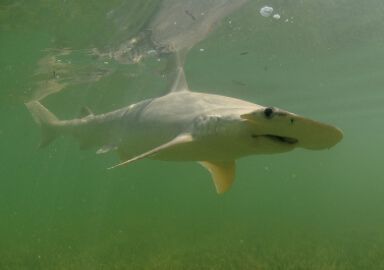 Bonnethead Shark
6 offers
Bonnethead Shark
6 offers
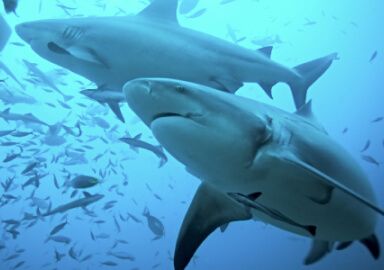 Bull Shark
12 offers
Bull Shark
12 offers
 Great White Shark
1 offer
Great White Shark
1 offer
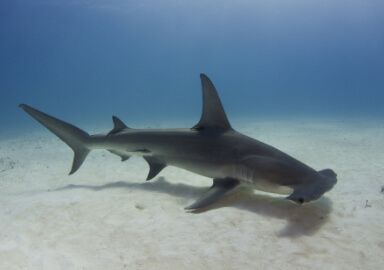 Hammerhead Shark
8 offers
Hammerhead Shark
8 offers
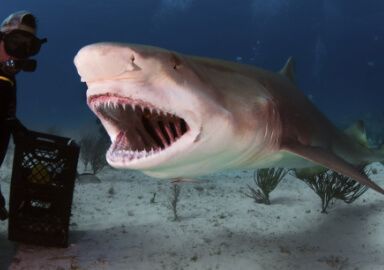 Lemon Shark
3 offers
Lemon Shark
3 offers
 Leopard Shark
1 offer
Leopard Shark
1 offer
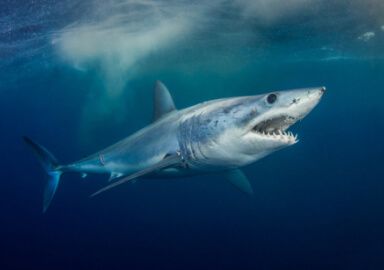 Mako Shark
27 offers
Mako Shark
27 offers
 Porbeagle Shark
2 offers
Porbeagle Shark
2 offers
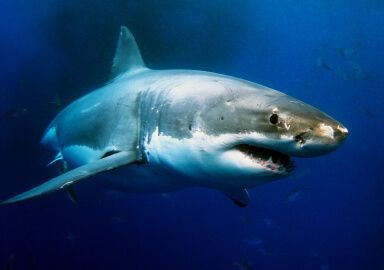 Shark
128 offers
Shark
128 offers
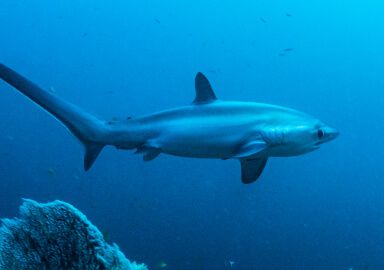 Thresher Shark
4 offers
Thresher Shark
4 offers
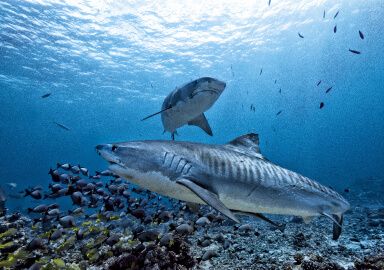 Tiger Shark
10 offers
Tiger Shark
10 offers
 Tope Shark
2 offers
Tope Shark
2 offers

